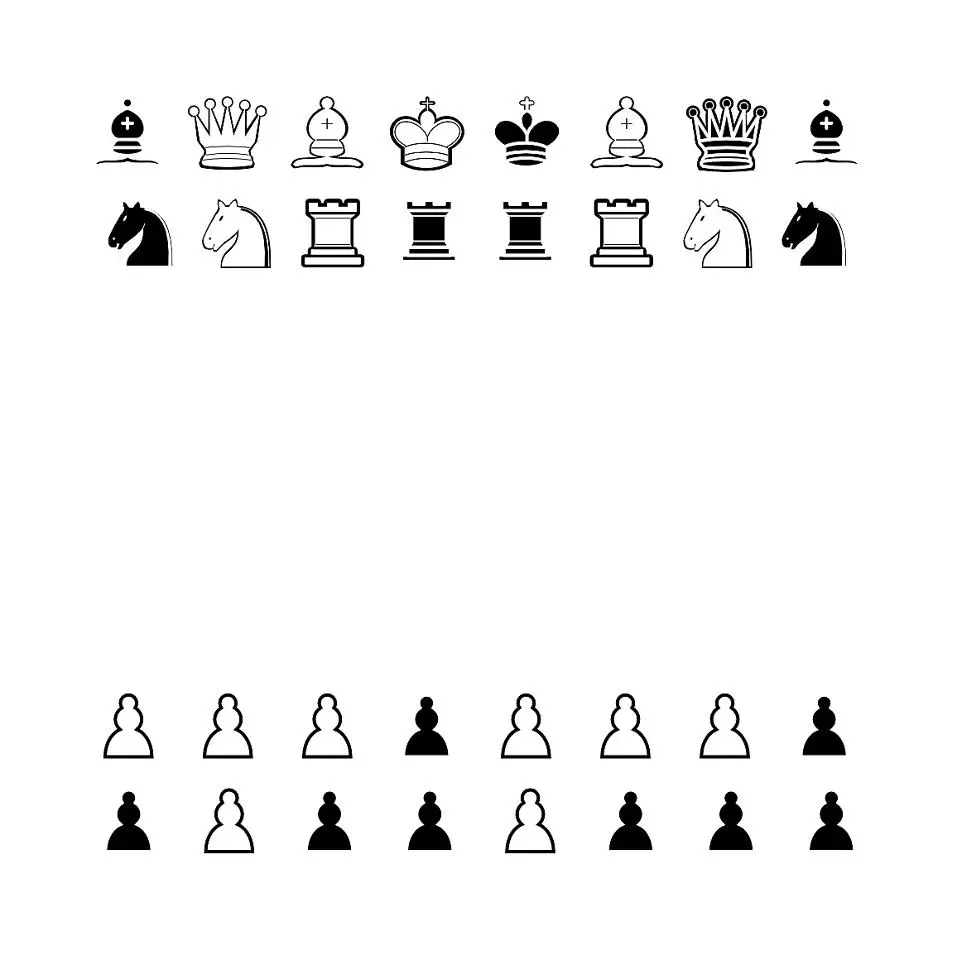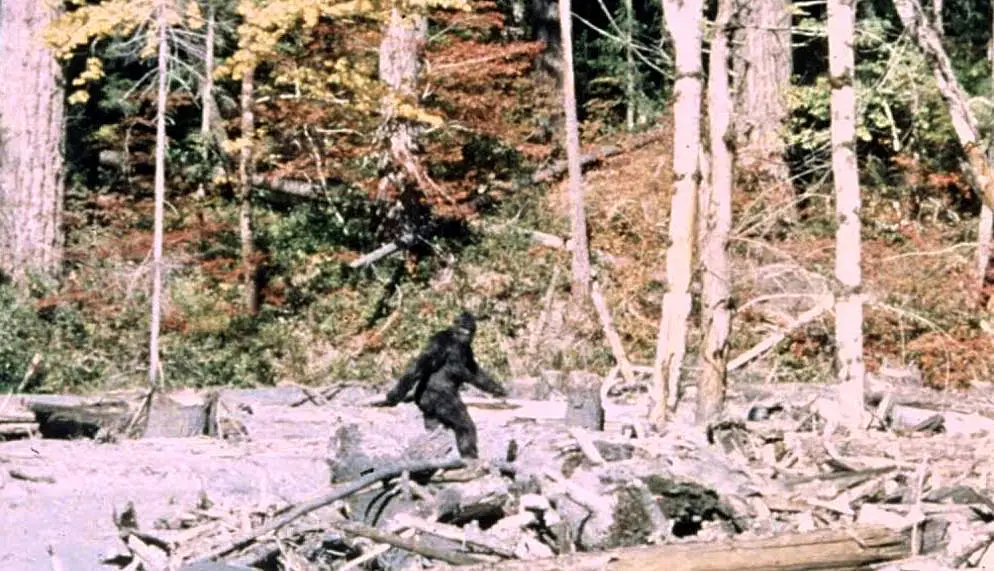Cryptozoology is a pseudoscience and subculture that searches for and studies unknown, legendary, or extinct animals whose present existence is disputed or unsubstantiated, particularly those popular in folklore, such as Bigfoot, the Loch Ness Monster, Yeti, the chupacabra, the Jersey Devil, or the Mokele-mbembe. Cryptozoologists refer to these entities as cryptids, a term coined by the subculture. Because it does not follow the scientific method, cryptozoology is considered a pseudoscience by mainstream science: it is neither a branch of zoology nor of folklore studies.



Perhaps pseudoscience is too strong a word. It only becomes pseudoscience for me when it involves deception (such as portraying nonscientific narrative approaches as being motivated by the scientific method), but people have different bars for it
yea, that makes more sense.
I feel like “esoteric” field of science or the like makes a lot more sense.
While it’s a small field that few serious scientists are devoted to, they used and use scientific methods to find a lot of animals previously thought to be myths.
Maybe it doesn’t involve fabricating evidence but at least it is very much based on trusting sources that are obviously nonsense. There are mythical phenomena that have a real explanation but those have been investigated because they are described in many independent documents.
Yes, one shouldn’t trust many of the sources, but it is still very interesting to think of how various cryptids relate back to the cultures they arose from, and what they signify about the relationship of that culture to their local environment. Darren Naish has written a lot of good stuff about this